EDITOR'S NOTE: The author submitted this blog for publication on April 21, 2020
If you run an ecommerce store, you want more search traffic. You know your website needs more authority in Google's eyes to get that traffic. Moz's 2019 study shows links are still the biggest ranking factor.
Yet, what's the motivation for someone to link to an ecommerce site? Product and category pages are rarely linked to. Content marketing could be an answer if well-executed, but lots of ecommerce blogs are lackluster.
There is hope. Plenty of ecommerce shops are getting traffic and rankings right now. Below are five ways smart operators are attracting links that'll impact their rankings. Let's look at what's working for them, and how you can emulate what's working.
Note: In the examples below all link data is from Ahrefs.
1. Start with your 'about us' page
Surprised to learn your "about us" page can earn lots of links? These five stores show otherwise:
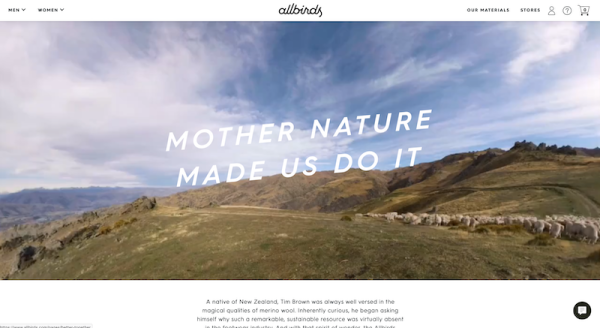
Allbirds.com's about page has links from 131 domains. It's gotten five new links in the last 30 days.

Vida has 83 referring domains to its story page. Four new links in the last 30.
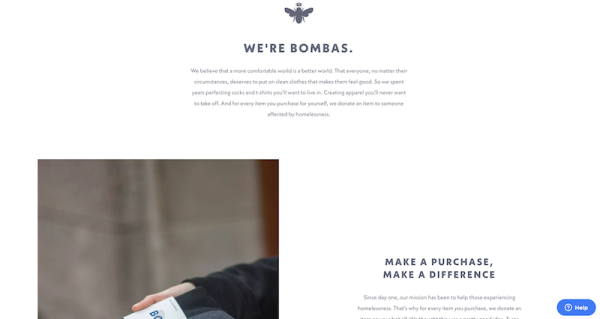
Bomba's about page has links from 153 domains. Three new links have come within seven days.
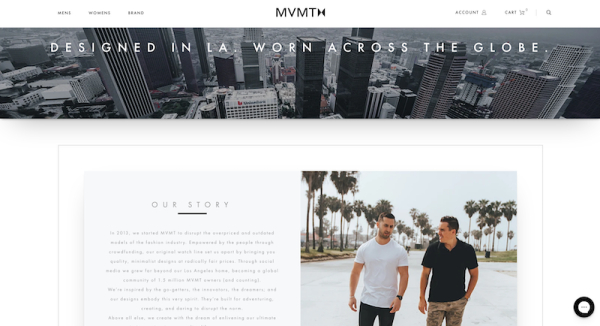
82 referring domains point to MVMT's about page. And it's pulled in two new links within the last month.

Pura Vida's about page boasts 191 referring domains. It's earned two links in the last 30 days.
Here's what each of these pages has in common:
- They all have attention-grabbing images. Some have a video in the hero shot as well.
- Less is more for their word count.
- Most importantly, each highlights a unique and compelling reason for why they exist.
No one would link to these pages if they didn't make you care. For example, think of the proliferation of Alibaba dropship stores. Those stores are never going to have a compelling story to tell like this.
For you to create a page like this, you'll need a unique story. Simon Sinek, who gave a famous TED talk on finding your why, has a great quote. "People don't buy what you do, they buy why you do it."
If you know what to use for your reason, you're good to go. But if you don't, here's a simple framework to start:
Meaningful cause + your passion for it + tie-in to your store = a powerful story you can tell on your "about us" page.
You need to connect with something bigger than you that resonates with others. Things like:
- Caring for the environment
- Helping those less fortunate
- Strengthening local communities
- Guiding children toward successful life choices
- Many others (quick tip: look at a list of charities to brainstorm more "big cause" ideas)
Pick one that resonates with you. Connect it to your store's mission and purpose.
For example, you give some profit to charity. Or, you source products in a way that's better for the environment or producers of local goods. Brainstorm this and don't rush your decision.
When making/remaking your about page, keep the design simple and clean, as in these examples. Use your best attention-getting hero image or video at the top. And hone in on the reason why your store exists.
2. Explain little known details about a product or your industry
People love an inside scoop, and you're an insider of your industry. Your specialized knowledge gives you an edge here. Doesn't seem like it? You're so close to it, everything in your niche seems common and ordinary to you. Yet, that's not how most people would see it if it's cleverly presented.
Let's dive in.

This "how it works" page from hickies.com has 61 referring domains and seven new links in the last 30 days.
Notice the animated gif to demo the product fast. If this would work for your product, steal the idea. It's a quick way for your potential customer to have an "aha moment" moving them closer to a sale.
The Hickies page then goes deeper by answering a visitor's question about if it'll work on your shoe or not. It builds on further by showing advanced lacing techniques using its product.
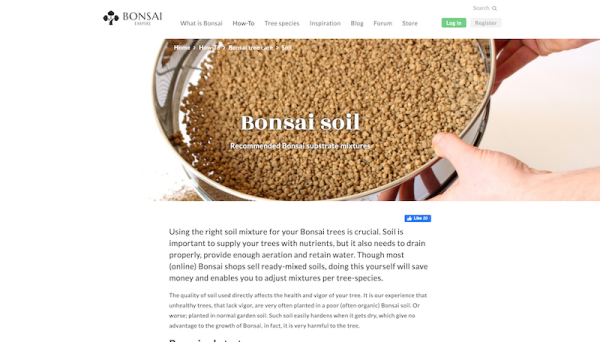
And this page showing how to make the right soil for your type of bonsai tree has earned links from 22 referring domains. Four of those have come within 30 days.
To do this yourself, identify the basics in your niche.
Would your product benefit from a quick demonstration like hickies.com? Or is there a basic yet specialized knowledge set that would fit like the bonsai example?
Once you've identified an idea, look at similar pages that cover this info. I guarantee there will be some. Are there knowledge gaps in any of the existing pages? Even if there isn't, video demonstrations or step-by-step pictures could be the difference-maker.
In short, you're looking to build an ultimate guide on a very narrow topic within your niche. Make your page complete and better than any others out there. You'll then have a linkable asset like these examples.
3. Answer your market's pressing questions
Even seemingly boring questions like the difference between RFID and NFC work well if it's something for which your market is searching.
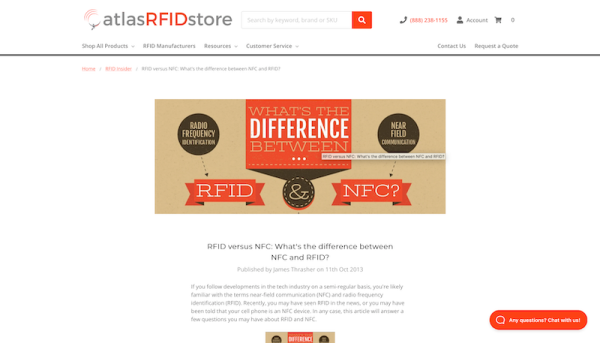
Atlasrfidstore.com did this by answering the simple question about RFID vs NFC. As a reward, this page has 72 referring domains and has gotten 72 new links in the last 30 days.

Do you know how to serve green tea correctly? This page has links from two referring domains and both of those links came in the last 30 days.
Here's how to find questions like these that your market is asking. Go to Quora.com and relevant subreddits. Look for repeated questions and variations. Then to make a page worth linking to, look to these examples here for inspiration. They go above and beyond. Give the answer and all facets. Use graphics and visuals too, if applicable. This is all the more important for a dry topic like RFID.
4. Military discounts and first responder discounts
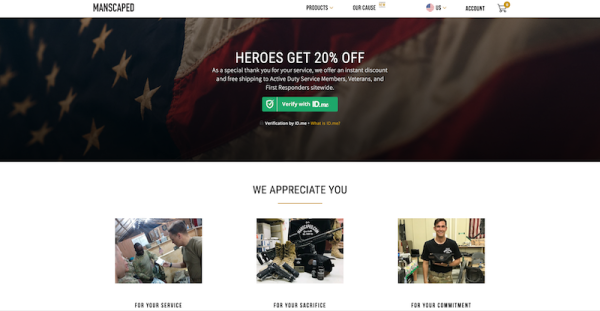
Eight referring domains and four new links in the last 30 days for manscaped.com's military discount page.

Alpinerings.com offers discounts to military and first responders. That page now has 37 referring domains. Two of those links are new in the last month.
Not much more needs to be said about this. You can implement it by using a service like VerifyPass or similar to automate the discount.
5. The power of unusual
Seth Godin talks about purple cows as a metaphor for remarkable marketing that stands out. Remarkably standing out works for getting links to your site too.
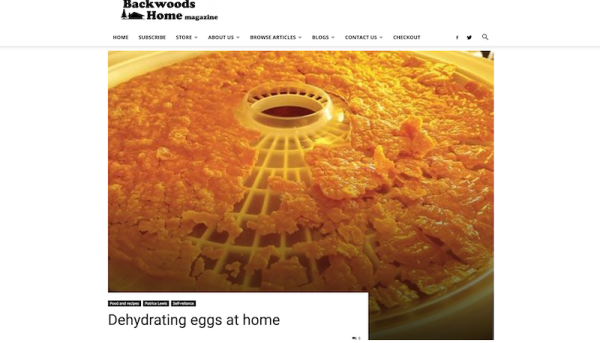
Dehydrating eggs at home? For this tutorial, backwoodshome.com has gotten 50 referring domains and 23 new links in the last 30 days.

Have a look at this page on coupons from Allbirds.com. It has 60 words and one line drawing. The page has 125 referring domains pointing at it, and 14 links in the last 30 days.
They don't do coupons or discounts, and they don't apologize for not doing it either. End of story. Their firm, unflinching attitude on this subject is what makes it unique.
To do something similar on your site, you get to have fun. Be creative or even outrageous. As long as you connect it in some way back to the main theme of your site, you can earn links like this too.
While this is the most freeform method here, it's probably the most difficult because of a lack of systematic structure for finding this kind of content.
Think about what kind of shocking things you could do with your products. An older example is the "Will It Blend?" video series that Blendtec did to promote its blenders.
Less is more
In reviewing the five methods, you'll see examples in each have content that's the opposite of bland or regurgitated.
Remember, focus on why you are unique. What makes your store special? How can you emphasize that?
Use that as the cornerstone to revamp your "about us" page to start. Show why you exist and why it's important.
In a way, this is freeing. You don't have to create endless content. Instead, give people what they want. Give them a reason to like or even love you. Links, ranking, traffic, and sales will follow.
What's working now is uniqueness. All the easy wins in content marketing have been done to death.
What works now is you doubling down on what makes you unique. Find that. Mix in some creativity. Answer questions your target audience wants to know. Align yourself with good causes.
In the end, that'll earn links leading to sustainable organic traffic.
About the author
Nathan Caleb is an ecommerce marketing specialist. His goal is to help ecommerce brands to master inbound marketing via content marketing.
Before you go ...
 SEE HOW YOU RANK: Take Keap's Lifecycle Automation Self Assessment and compare your business against the industry’s top performers with our proven formula and instantly reveal the strengths and gaps of your business.
SEE HOW YOU RANK: Take Keap's Lifecycle Automation Self Assessment and compare your business against the industry’s top performers with our proven formula and instantly reveal the strengths and gaps of your business.


